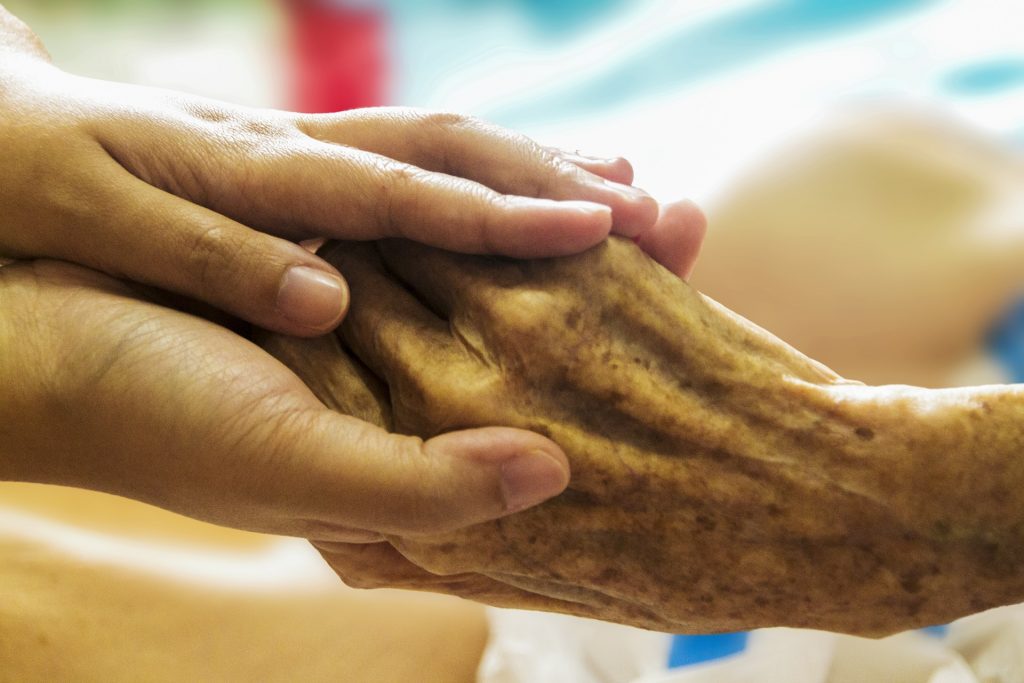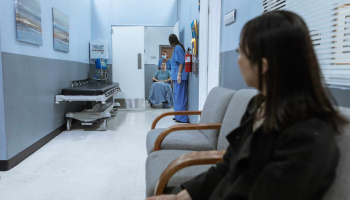Before I joined the hospice where I currently work, I never knew what a hospice is and its purposes. I thought that it was a cool way of calling a hospital. Little did I know that the two are so different.
What is hospice care?
Hospice care or end of life care is treatment that is given to a patient when it is known that they are terminally ill with a chronic disease and they will not recover. Hospice care is therefore given without curative intent to better the patient but rather to prepare them for the eventuality of life as well as to improve their quality of life in those, their sunset days.

Hospice care is a subset of the palliative care umbrella. With palliative care, one is taken care of with or without the intent to heal them as long as they have been diagnosed with a chronic illness.
Is hospice for the dying only
To be honest, hospice care is for the dying only. It does not intend in any way to heal the patient but just to improve things, prepare them spiritually and psychologically for death.
In our Thigio Hospice, there is this inscprition.
Death is a sure path. We are all in it. We just need to be prepared for it.
When is hospice recommended?
I would recommend someone to a hospice if it is found that they have a terminal illness that will not heal no matter what medicine is given. To improve their quality of life, ready them for death as well as free their families from the burden of looking after their loved one at home, I would have them sent to a hospice facility.
Here, they will be taken care of by professional and compassionate caregivers who will clean them, feed them as well as give them any medications that will improve their lives. Hospice facilities that such a patient would require include breathing aids, pain meds and assisted living aids.

What are the four levels of hospice care
Hospice care can be grouped into four levels
- Routine Home care–This is the most basic of cares where the patient is not that badly off. Here the caregiver, nurse or hospice care provider will come to your home for a considerable number of days till they feel that you have gradually improved.
You will get physiotherapy, nursing services, speech therapy, medications to take at home as well as social support.
2. Continuous Home Care
Here the caregiver spends at leats 8 hours at your home. You are bed ridden and not able to do much. At this time, you could be having severe pain, vomiting and nausea or shortness of breath.
A nurse has to be on call to come and manage all these discomforts.
3. Inpatient Care
Rather than stay at home and receive continous home care, here the patient decides to join a hospice facility. They will be taken care of 24/7 by nurses and caregivers. They also get to interact with other patients in the facility.
4. Respite care
In respite care, the relatives at home have caregiver stress and therefore opt for you to be an inpatient hospice patient.
What qualifies for inpatient hospice care
To qualify for inpatient hospice care, the patient needs a nurse and caregiver attention at least 8 hours per day. They could be having trouble breathing, anxiety and panic attacks, extreme pain that need to be managed or experiencing nausea and vomiting.
Inpatient hospice vs home hospice
While a family could take care of their loved one who is never going to recover, it is never the right thing to do. For one, it is a burden and will cause lots of anxiety and grief to the relatives even before the patient dies. Everyone around the family will not be able to go through their daily chores as they take care of the patient.

At the same time, a home will not have all the necessary hospice facilities such as hospital bed, wheelchairs, commodes, toilet seat riser, reachers and grabbers, adaptive eating utensils etc. In a hospice facility though, you will have all of them.
At home, cultural taboos and social norms might bar the relatives from adequately washing up the patient because there is embarrassment in seeing them naked. In a hospice though, the patient is ready to be taken care of, washed, dressed and taken to the toilet by the caregivers.








